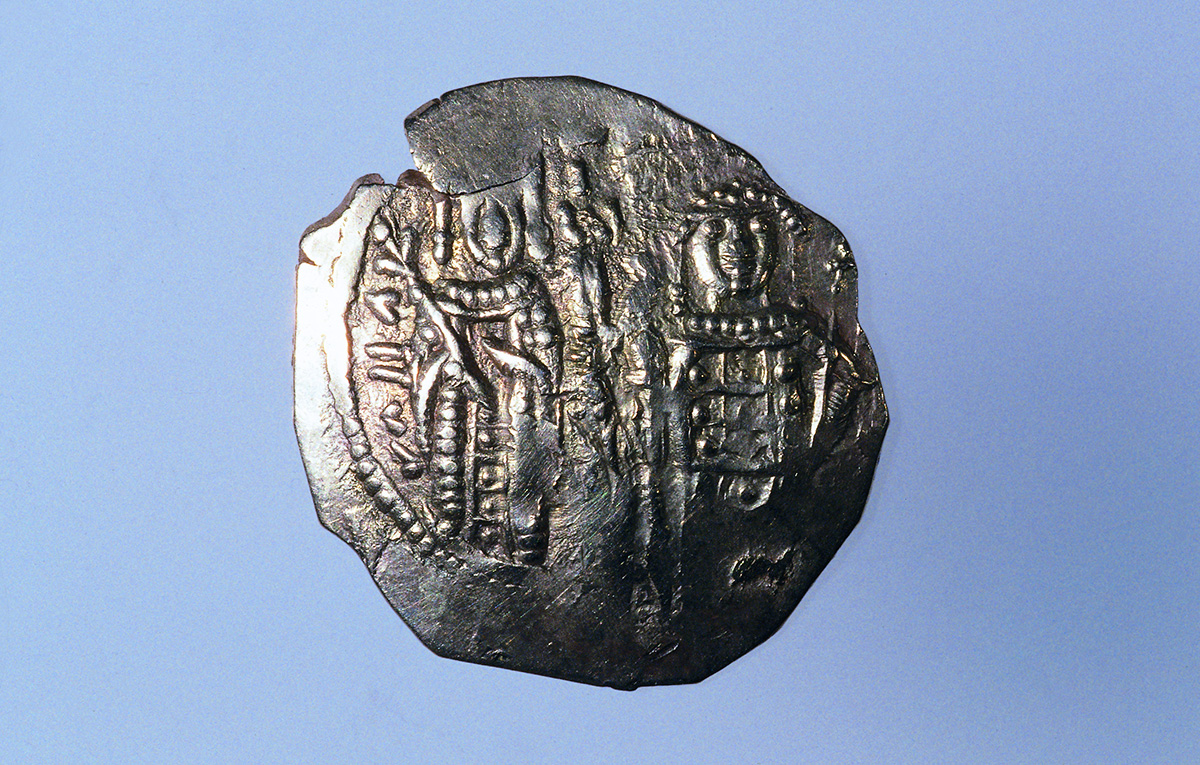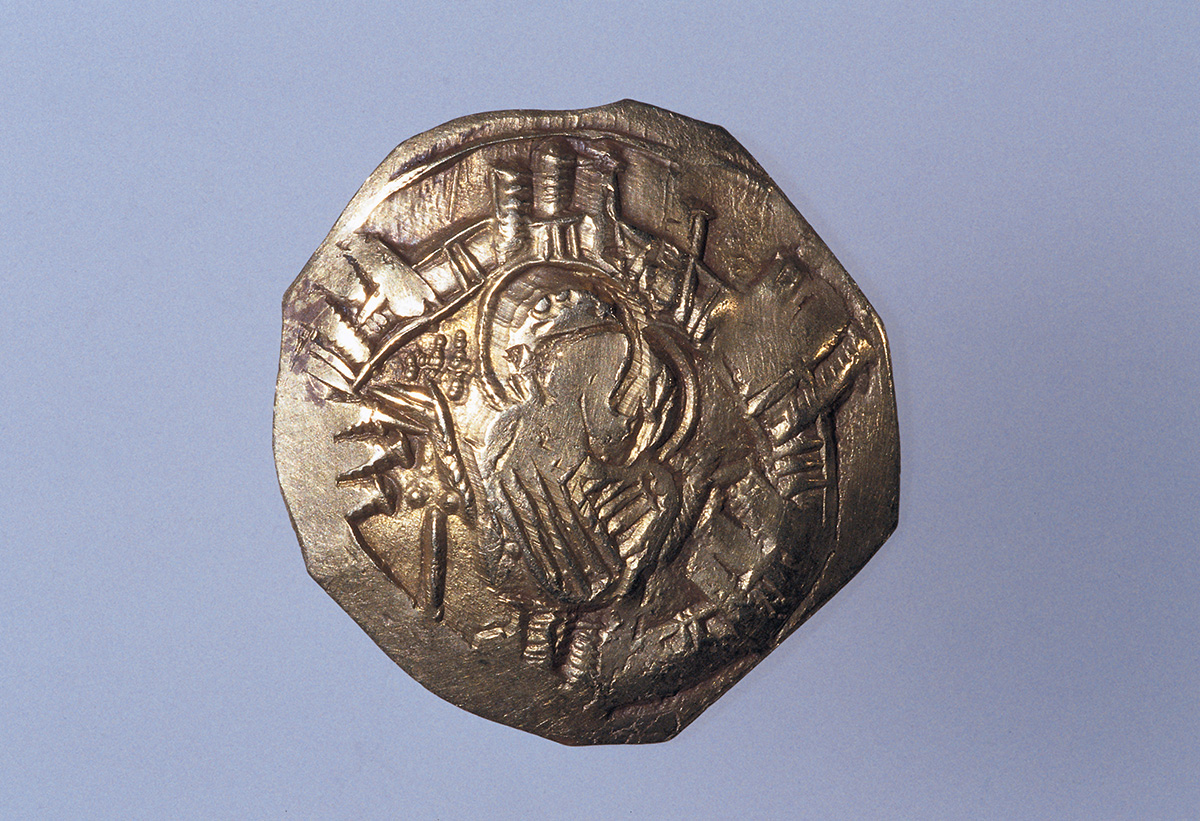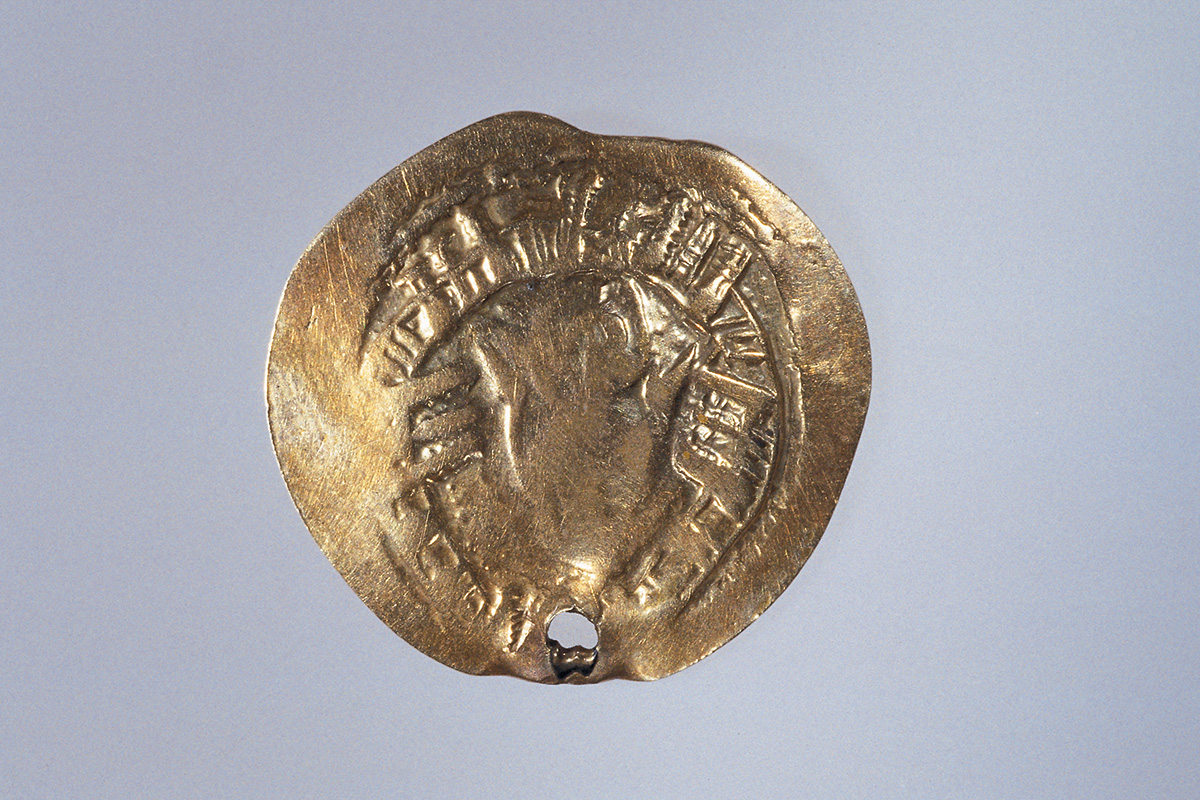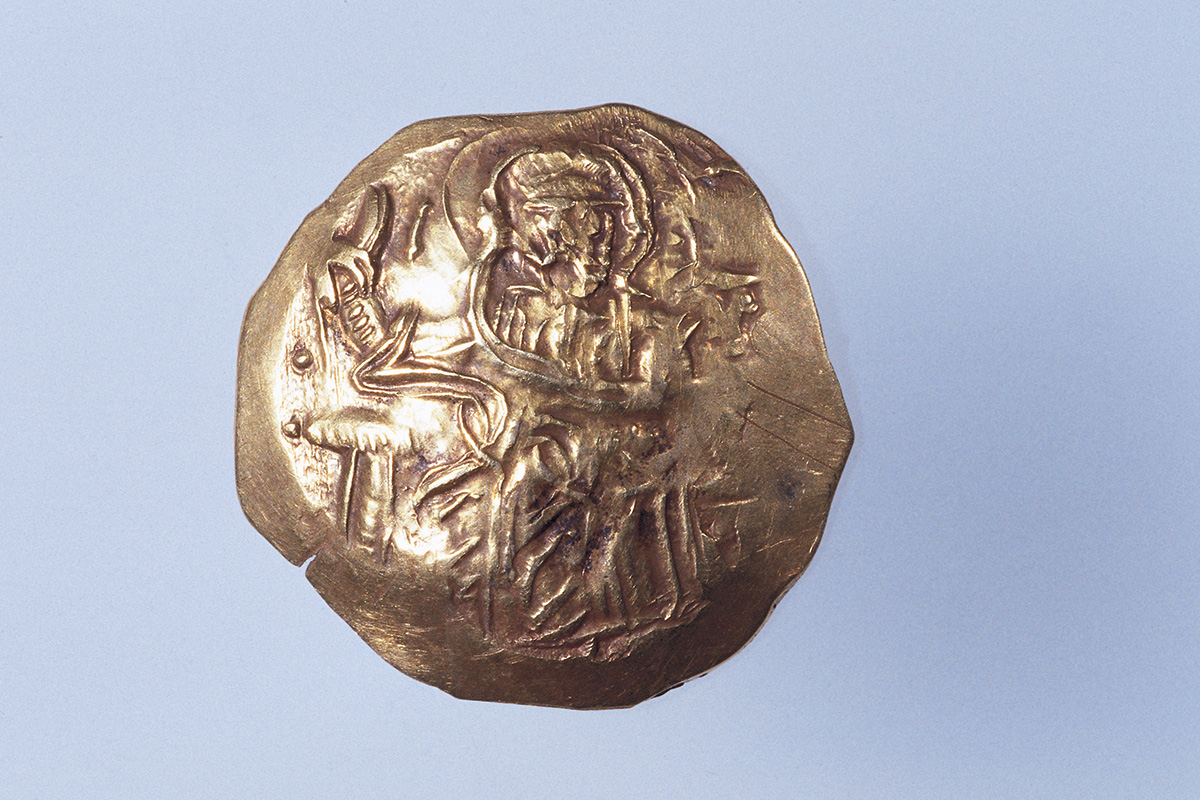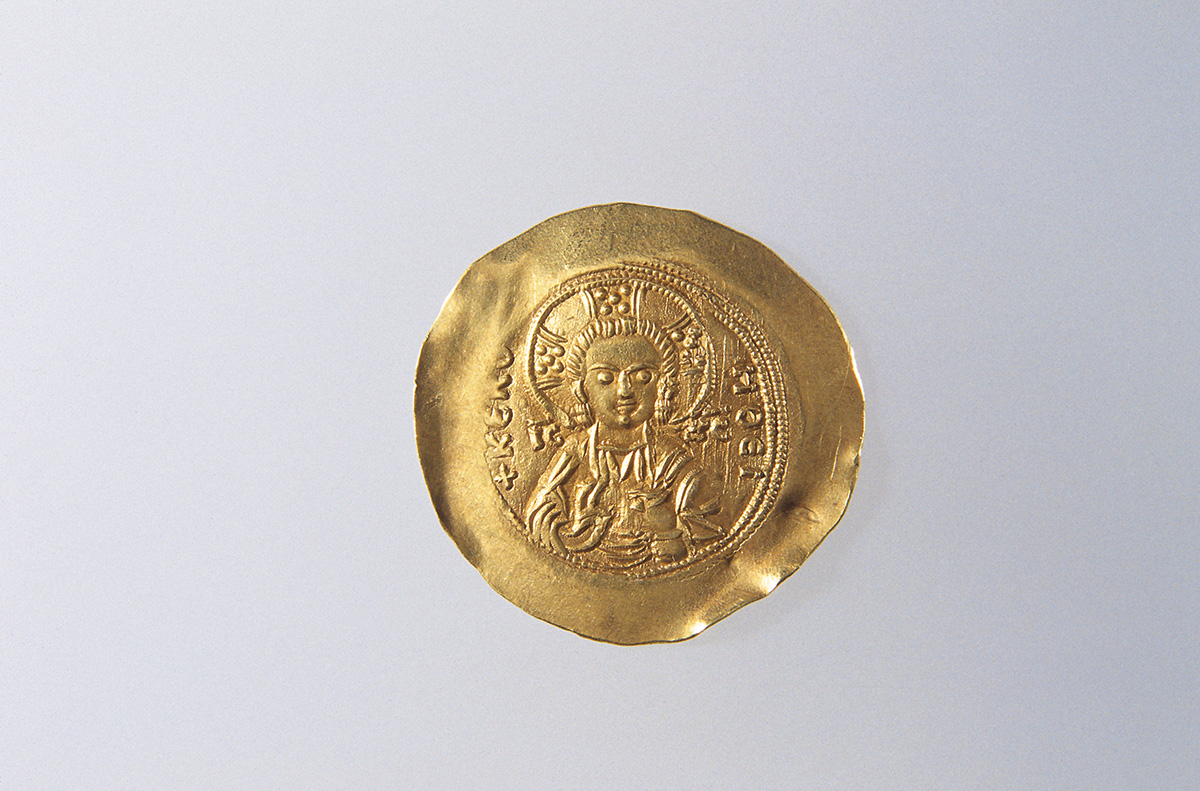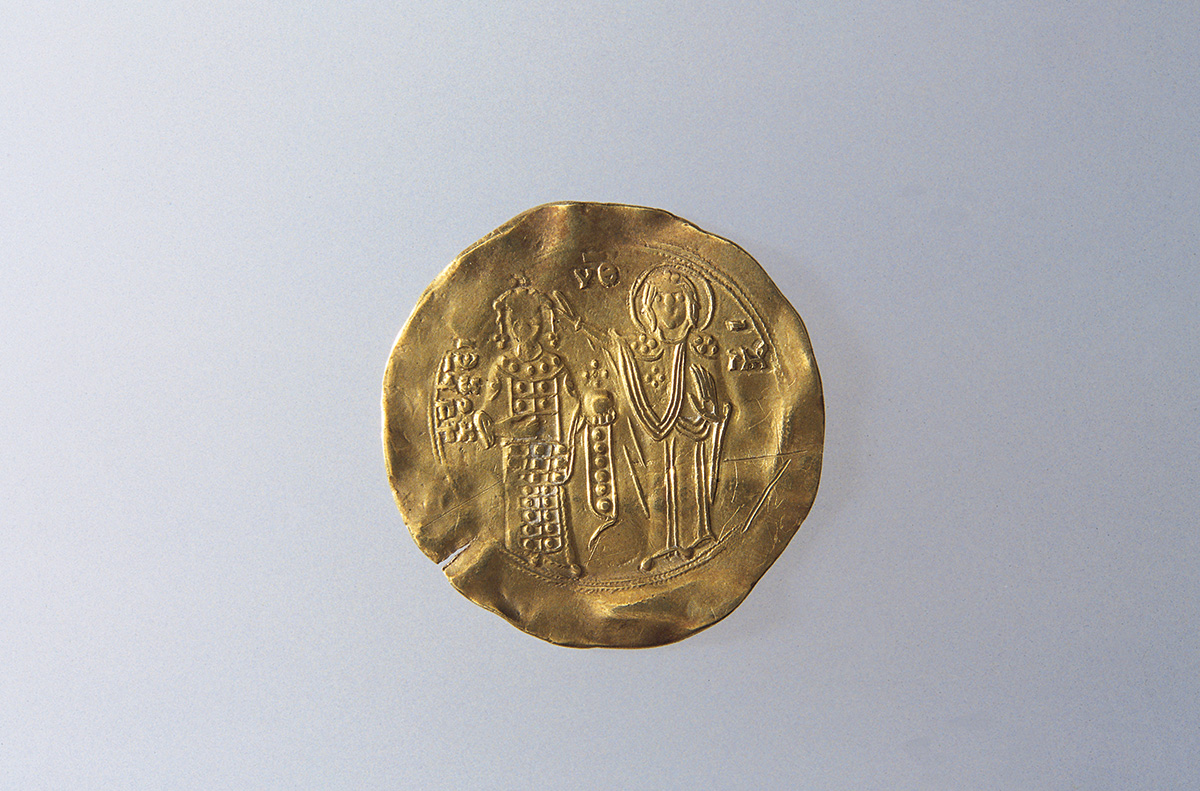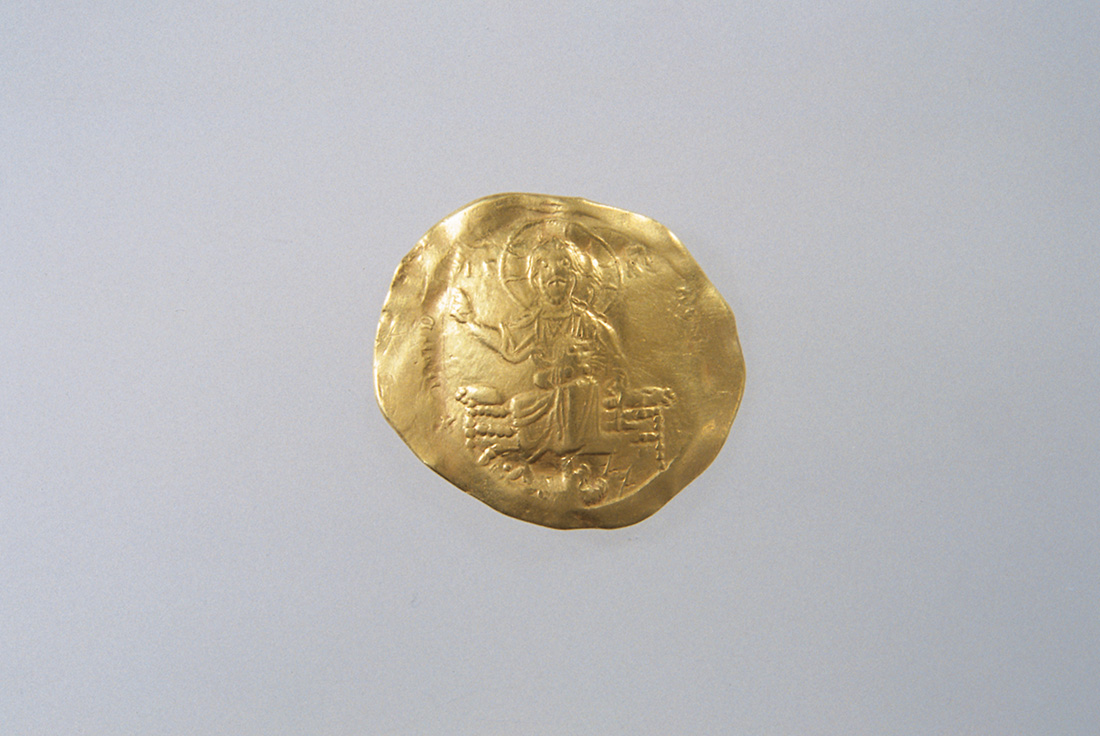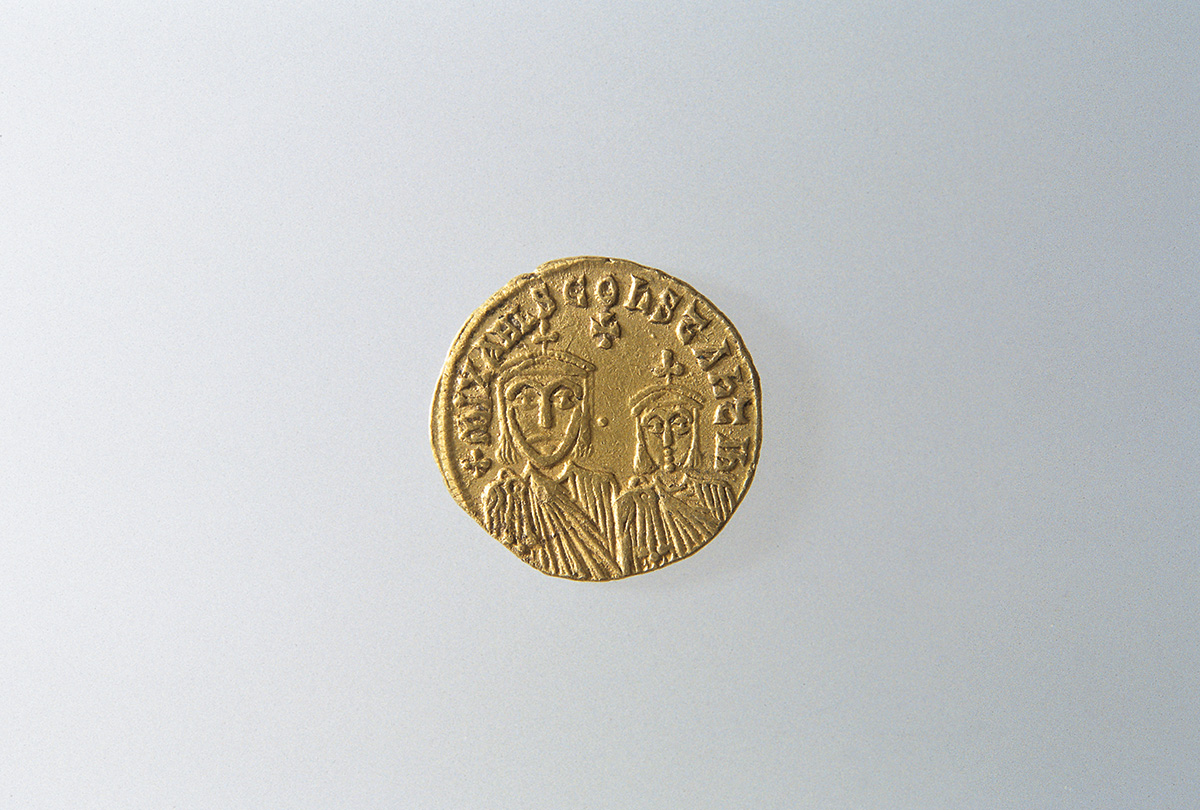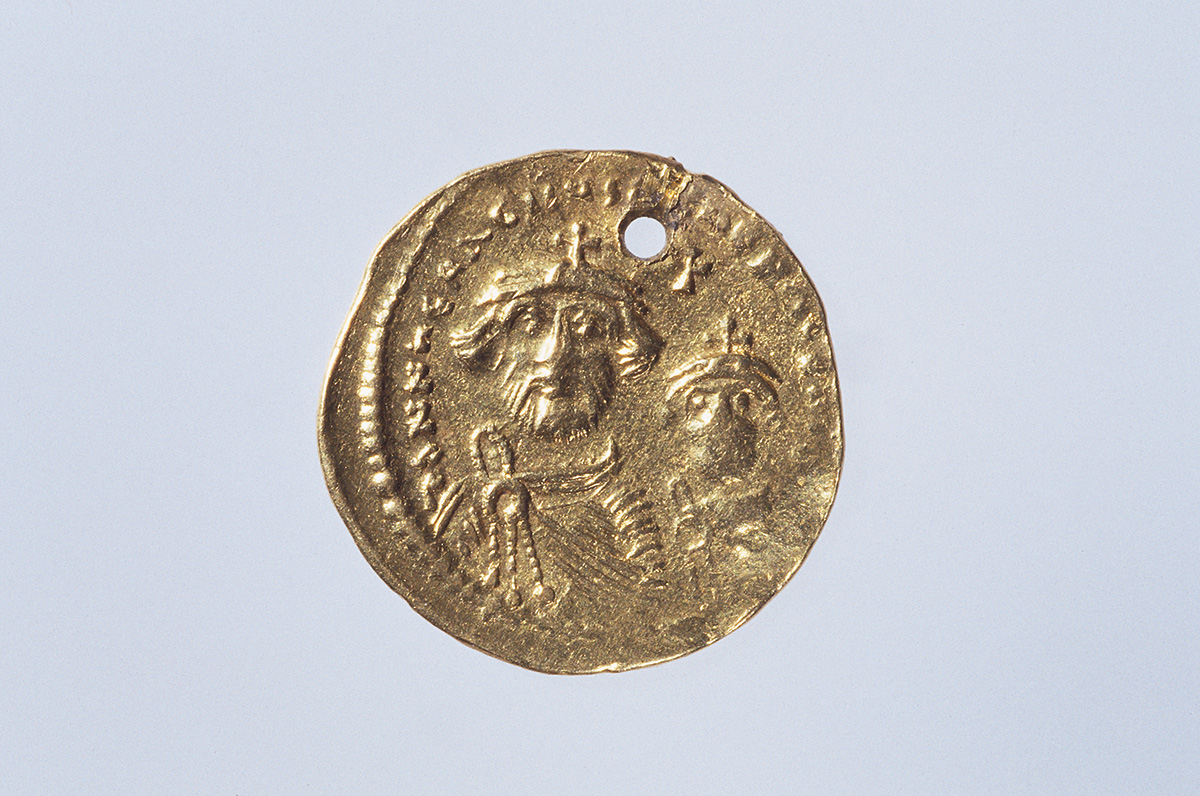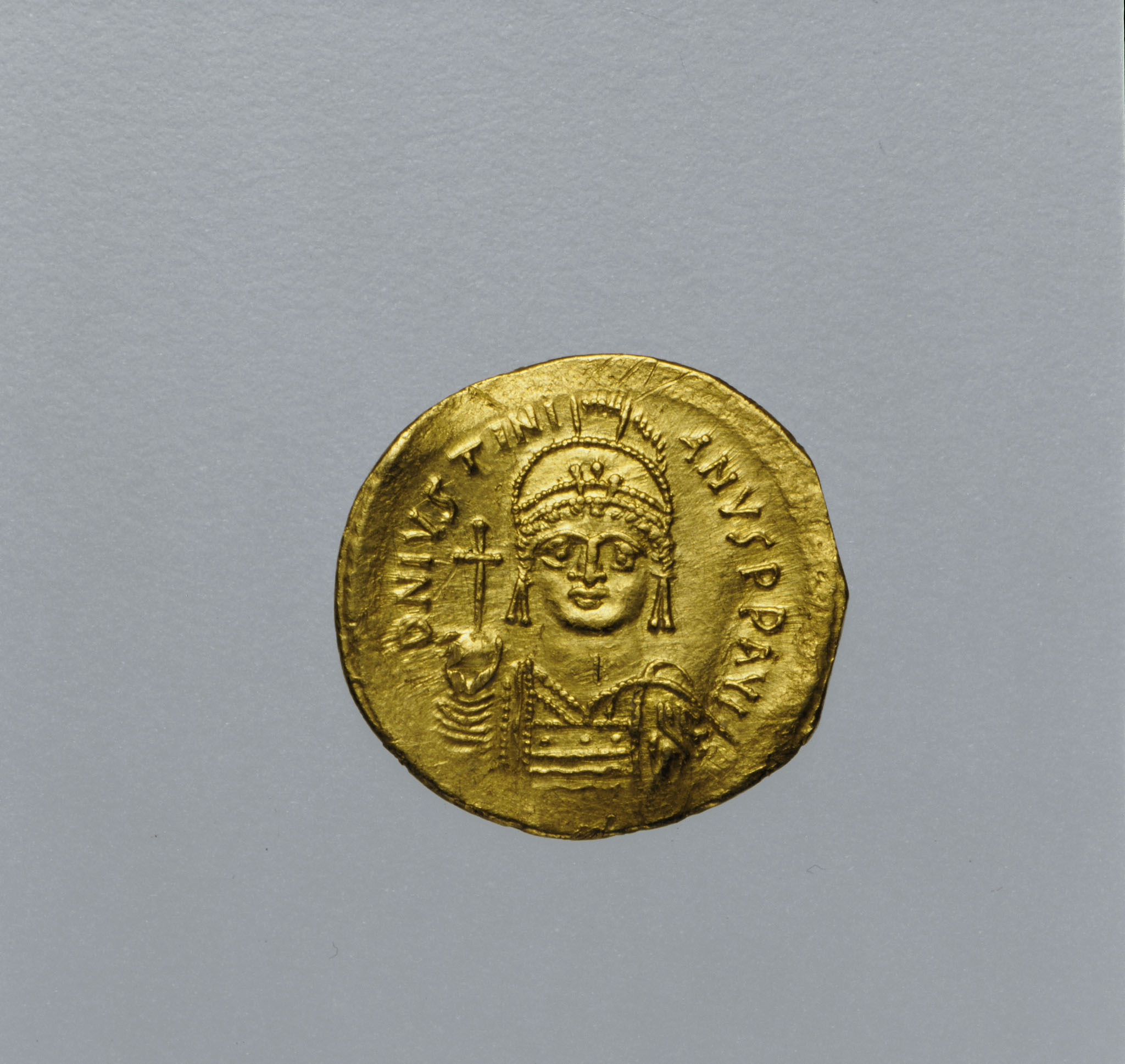Coins
The numismatic collection of the Museum of Byzantine Culture comprises about 30,000 coins, which were unearthed in Thessaloniki, and the wider region of Macedonia. The collection consists of the finds from the excavations conducted by the Ephorate of Antiquities of Macedonia and the 9th Ephorate of Byzantine Antiquities. Chronologically, it covers the period from the late Roman period and throughout the Byzantine Empire, reaching to the post-Byzantine and modern times. They are representative of coins issued by most of the emperors and mints that operated throughout the Byzantine Empire. The vast majority are bronze coins, few are gold and even a smaller number are silver.
Apart from individually found coins, the collection includes monetary hoards, which were formed by their holders over a relatively long period of time on the purpose of saving. Then, they hid them in a time of imminent danger, usually at war, and never recovered them.
In the permanent exhibition of the Museum of Byzantine Culture visitors will encounter in most rooms coins and hoards, covering the entire Byzantine coinage. In the Early Christian Wing (1st, 2nd, 3rd room) mostly bronze coins are exhibited, dated from the 4th century, when emperor Constantine introduced the gold solidus as the main currency, up to the 6th century. The bronze coin, as a subdivision of the gold coin, circulated widely throughout the lands of the empire.
In the 5th room that deals with the imperial dynasties of Byzantium coins are presented ranging from the reign of emperor Heraklios to 1204, when the empire was captured by the Crusaders of the 4th crusade.
An important exhibit is the treasure of fourteen gold histamenon coins, issued by emperors Basil II, Romanos III Argyros, and Constantine IX Monomachos.
Finally in the seventh room, titled “The twilight of Byzantium”, are exhibited the last issues of Palaeologi, the last Byzantine ruling dynasty, as well as coins of the mint of Thessaloniki.



